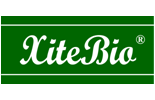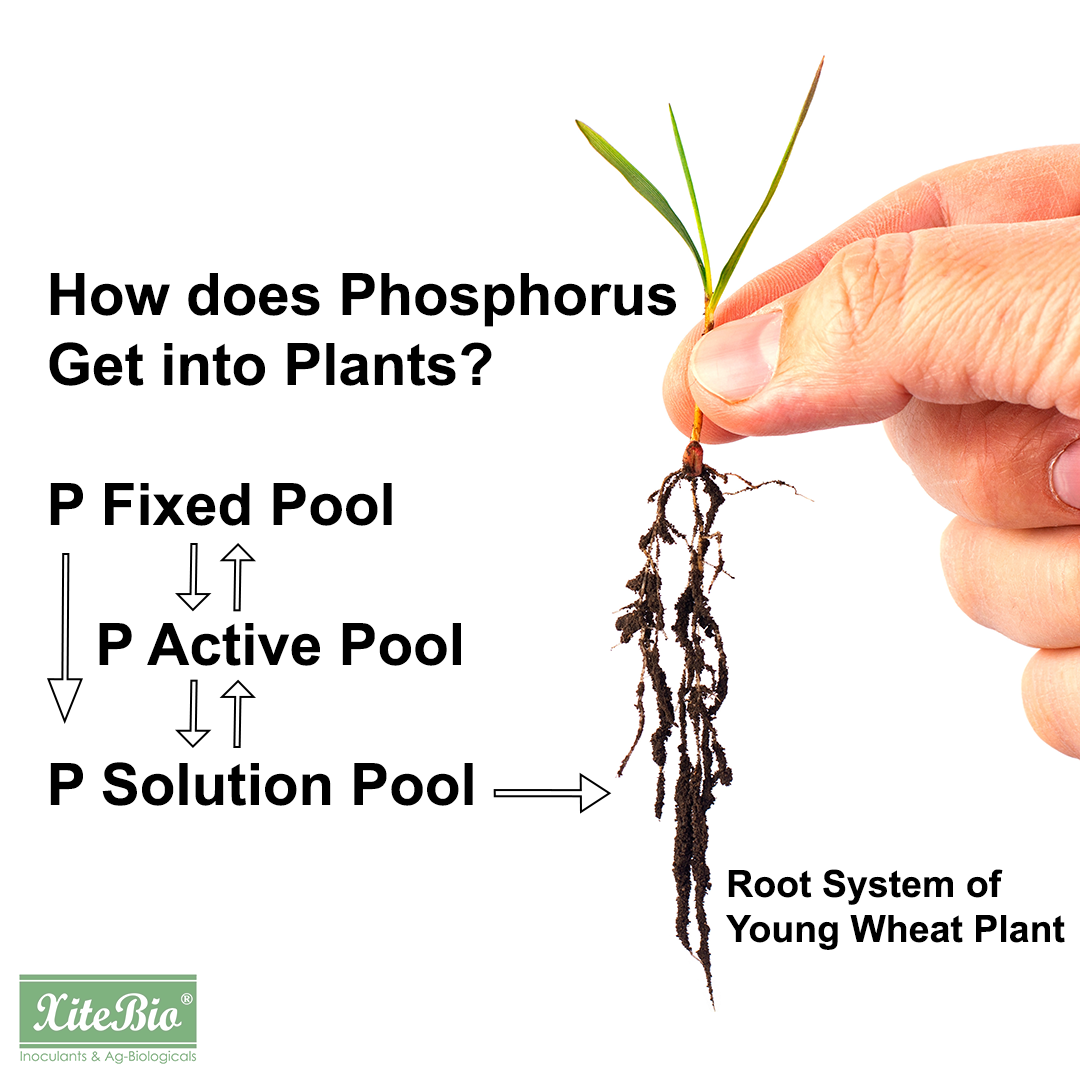How does Phosphorus (P) get into plants? Phosphorus can be absorbed through plant roots (specifically root hairs) when it exists in its inorganic form. In this week’s edition of Growing Possibilities, we will explore the many forms of P and what farmers can do to ensure their plants have access to this valuable nutrient.
Phosphorus can be found in two forms: organic or inorganic. It might sound like organic P is what farmers would want for their plants, but it is inorganic phosphorus that is bioavailable for plant uptake. Organic P comes from things like manure or plant residue and must be mineralized over time into inorganic forms to be bioavailable to plants (1).
Let’s just take a minute to clarify the difference between phosphorus and phosphate. Phosphorus found in the soil or in plants is called phosphorus. Phosphorus that is in most fertilizers or certain manures is often referred to as phosphate (P2O5). Phosphate fertilizers are inorganic forms of P that are readily available for plant uptake (2). However, phosphate fertilizers have limitations on their bioavailability. Once a phosphate fertilizer is added to the soil it can quickly become locked up by other minerals in the soil and become unavailable to the plant. This is especially true in low or high pH soils. Above pH 7, P tends to bind with calcium (Ca) and below pH 5.5 it binds with iron (Fe) and aluminum (Al) (3).
P is held in three pools in the soil:
- Fixed P (unavailable, long term P storage)
- Active P (unavailable, short term P storage)
- Solution P (bioavailable, ready for plant uptake)
Solution P is the pool of P that is available for plant uptake. As plants uptake the Solution P more P is slowly added from the pool of Active P. As the Active P pool is drained more P is added from the pool of Fixed P, but this happens very slowly over time (3).
P-solubilizing inoculants are intended to help make P bioavailable more quickly by placing it in the Solution P pool. P solubilizing inoculants break the bonds that connect the P to the Ca, Al, and Fe. This allows more of applied Phosphate or P that already exists in the soil to become bioavailable to the plant. P is available to the plant in two forms H2PO4– & H2PO42-. P-solubilizing inoculants are not designed to replace P fertilization they are designed to allow for greater plant uptake of available P whether that P already exists in the soil or was applied by a farmer.
Plants can also experience difficulty accessing P because P is physically very immobile in the soil. Meaning that if P is deposited in one area it does not move around in the soil very easily. Plants need to find P with their roots to absorb it through their root hairs. Because of this, plants with more developed root systems have a better chance of accessing P (4).
XiteBio® Yield+ solubilizes P and provides a plant growth hormone that encourages root development. These two modes of action allow plants to both physically and chemically access P in the soil. Early and ongoing access to P has been shown to produce healthier plants and better yields. To learn more visit https://xitebio.ca/xitebio-yield-liquid-ag-biological/
References:
- https://www.saskatchewan.ca/business/agriculture-natural-resources-and-industry/agribusiness-farmers-and-ranchers/crops-and-irrigation/soils-fertility-and-nutrients/phosphorus-fertilization-in-crop-production#:~:text=However%2C%20once%20the%20organic%20matter,and%20their%20access%20to%20P.
- https://water.unl.edu/article/animal-manure-management/phosphorous-dynamics
- https://www.aces.edu/blog/topics/crop-production/understanding-phosphorus-forms-and-their-cycling-in-the-soil/
- https://www.topcropmanager.com/exploring-p-uptake-20798/#:~:text=Inorganic%20P%20can%20be%20divided,(H2PO4%2D%20and%20H2PO42%2D).


